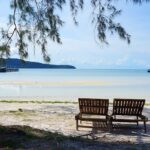Situated in the high-altitude desert of the Himalayas, Ladakh is a land of stark beauty and hidden wonders. Among its many natural treasures are a series of hot springs, each offering a unique blend of therapeutic benefits and breathtaking landscapes. Hot springs in Ladakh are scattered across a diverse terrain, from easily accessible pools near Leh to remote springs in the furthest corners of the region. These geothermal marvels not only provide soothing respite from the cold mountain air but also offer insights into Ladakh’s geology, culture, and history.
9 Hot Springs In Ladakh
Here is a list of one the best hot springs in Ladakh offering a healing and rejuvenating experience:
1. Chumathang Hot Springs
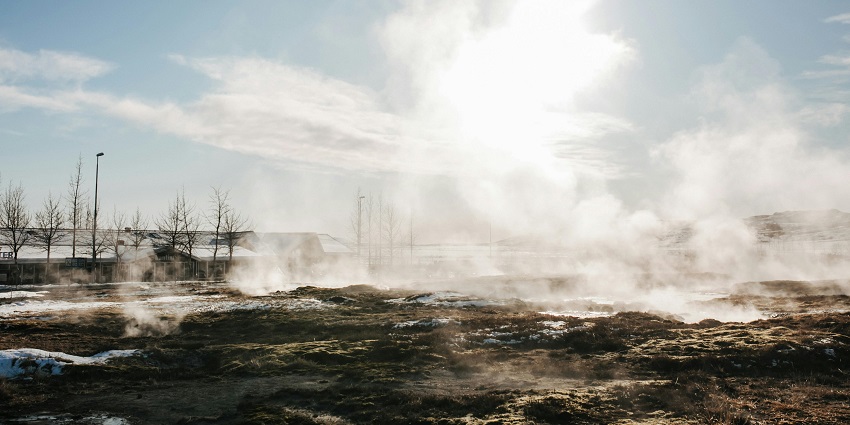
Photo: Pavel Danilyuk / Pexels / Image For Representation Only
Located along the banks of the Indus River, about 150 km southeast of Leh, the Chumathang Hot Springs are among the most famous in Ladakh. These springs are known for their high sulfur content and therapeutic properties. The water temperature ranges from 43°C to 60°C, making them some of the hottest springs in the region. Local Ladakhis and tourists alike visit these springs for their believed medicinal benefits, particularly for skin conditions and joint problems. The springs are surrounded by stark, beautiful landscapes typical of Ladakh, with barren mountains.
Entry Fees: None
Temperature: 40 Celcius – 60 Celcius
Suggested Read: Top Places To Visit In Kargil To Explore History And Unveil Adventure
2. Panamik Hot Springs
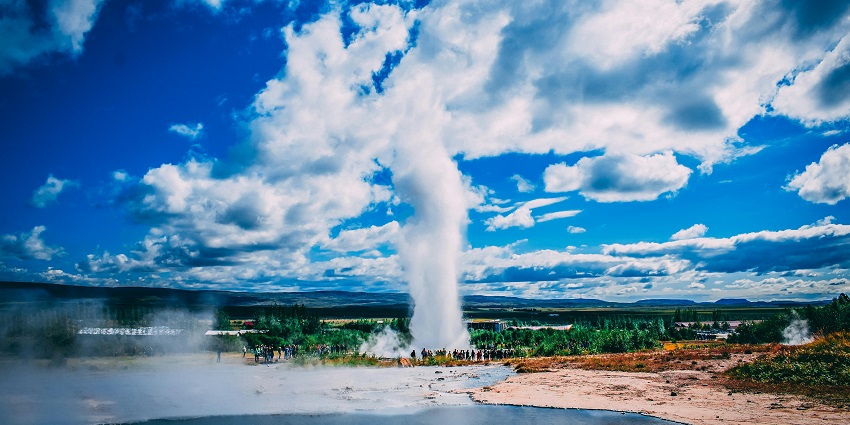
Photo: Rudy Kirchner / Pexels / Image For Representation Only
Situated in the Nubra Valley, about 150 km north of Leh, the Panamik Hot Springs are renowned for their scenic location. These springs lie at an altitude of approximately 3,000 meters (9,800 feet) and are surrounded by snow-capped peaks and apricot orchards. The water here is rich in sulfur and other minerals, and its temperature remains constant at around 40°C throughout the year. Panamik was once an important stop on the ancient Silk Route, and the hot springs here were used by traders and travelers to rest and rejuvenate.
Entry Fees: ₹ 20
Temperature: 50 Celcius – 80 Celcius
3. Puga Hot Springs
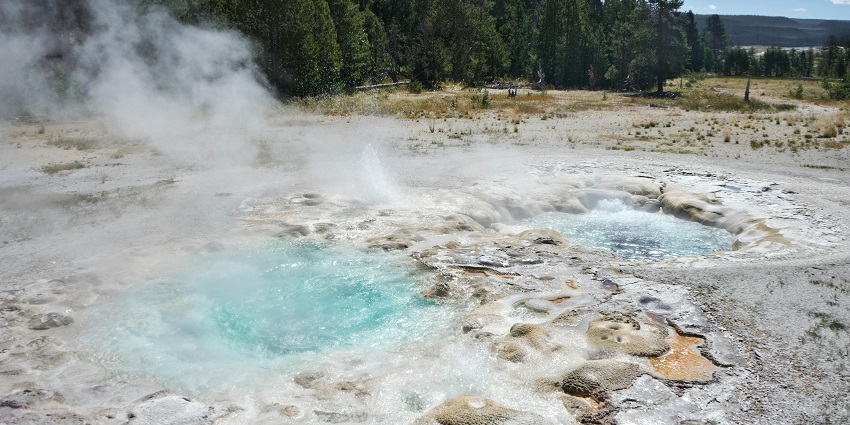
Photo: Robert Schrader / Pexels / Image For Representation Only
The Puga Hot Springs are located in the remote Puga Valley, about 180 km southeast of Leh. These springs are unique due to their high geothermal activity and are considered one of the most promising sites for geothermal energy production in India. The water temperature here can reach up to 84°C making them some of the hottest springs in Ladakh. The area around Puga is characterized by numerous steam vents, mud pools, and sulfur deposits, giving it an otherworldly appearance
Entry Fees: None ( But guides, activities like river rafting cost additional fees)
Temperature: Around 80 Celcius
Suggested Read: Places To Visit In Ladakh
4. Demchok Hot Springs
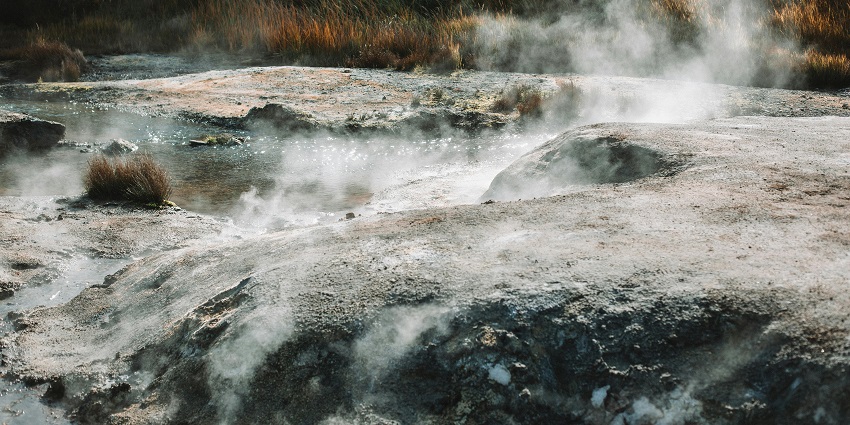
Photo: ROMAN ODINTSOV / Pexels / Image For Representation Only
Located in the easternmost part of Ladakh, near the border with Tibet, the Demchok Hot Springs are among the least accessible in the region. Situated at an altitude of about 4,300 meters, these springs emerge from the banks of the Indus River. Due to their remote location and proximity to the border, special permits are required to visit Demchok. The springs are set against a backdrop of stark, high-altitude desert landscape, offering a unique and isolated bathing experience for those who manage to reach them. The area around Demchok is also of cultural significance, with ancient rock carvings and ruins in the vicinity.
Entry Fee: None
Temperature: Around 50 Celcius
5. Chu Nubra Hot Springs
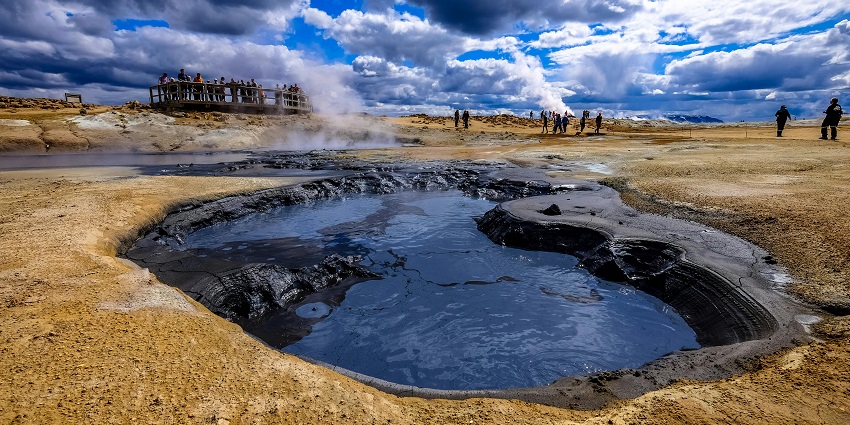
Photo: Francesco Ungaro / Pexels / Image For Representation Only
Found in the upper reaches of the Nubra Valley, the Chu Nubra Hot Springs are less known compared to their counterparts in Panamik but offer a more secluded experience. These springs are located near the village of Tegar, surrounded by rugged mountain landscapes and green oases. The springs are believed to have healing properties, particularly for skin and joint ailments. The journey to Chu Nubra involves traveling through some of Ladakh’s most spectacular scenery, including sand dunes and Bactrian camel habitats, making it a rewarding destination for adventurous travelers.
Entry Fee: ₹ 20
Temperature: Around 30 Celius
Suggested Read: Things To Do In Leh To Seek Adventure And Beauty Amidst The Mountains
6. Kyagar Tso Hot Springs
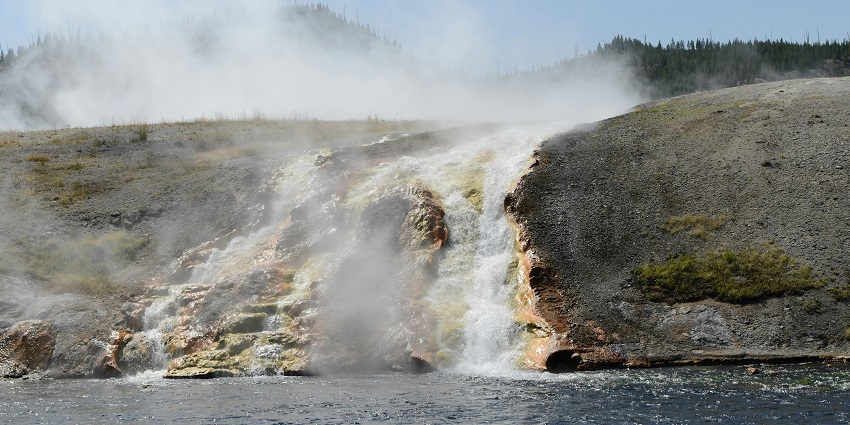
Photo: Channel Iskatel / Pexels / Image For Representation Only
Located near the high-altitude Kyagar Tso lake, about 160 km southeast of Leh, these hot springs offer a unique bathing experience. The springs emerge at an altitude of over 4,700 meters (15,400 feet), making them some of the highest hot springs in the world. The area around Kyagar Tso is known for its stunning landscapes, including salt flats and colorful mineral deposits. The hot springs here are relatively undeveloped, offering a natural and pristine bathing experience.
Entry Fee: None
Temperature: Around 30 Celcius
7. Chushul Hot Springs
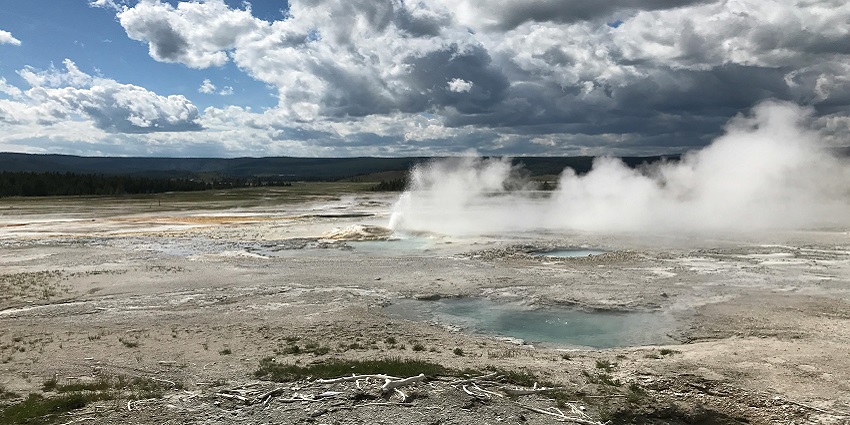
Photo: Tom Nelson / Pexels / Image For Representation Only
Situated near the village of Chushul, close to the India-China border, these hot springs are known for their beautiful setting and therapeutic properties. The springs emerge at an altitude of about 4,400 meters. The water is rich in minerals, particularly sulfur, giving it a distinct odor but also contributing to its believed medicinal benefits. The Chushul area is of historical significance, having been a site of conflict during the 1962 India-China war.
Entry Fee: None
Temperature: Around 45 Celsius – 50 Celcius
Suggested Read: Discover The Famous Monasteries In Ladakh
8. Sumdo Hot Springs
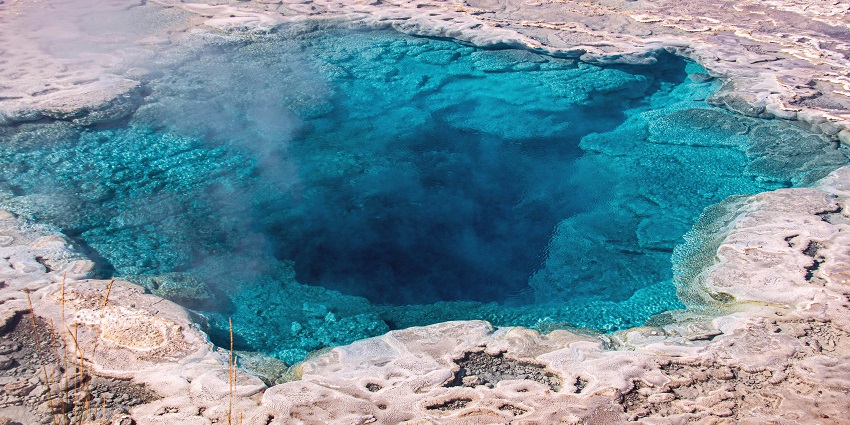
Photo: Siegfried Poepperl / Pexels / Image For Representation Only
Found in the Changthang region of eastern Ladakh, the Sumdo Hot Springs are known for their picturesque setting and mineral-rich waters. Located at an altitude of about 4,200 meters (13,800 feet), these springs offer a warm respite in the cold, high-altitude desert environment. The Sumdo area is characterized by vast, open plains and distant mountain ranges, providing a sense of isolation and connection with nature.
Entry Fees: None
Temperature: 35 Celcuis – 40 Celcius
9. Nimaling Hot Springs
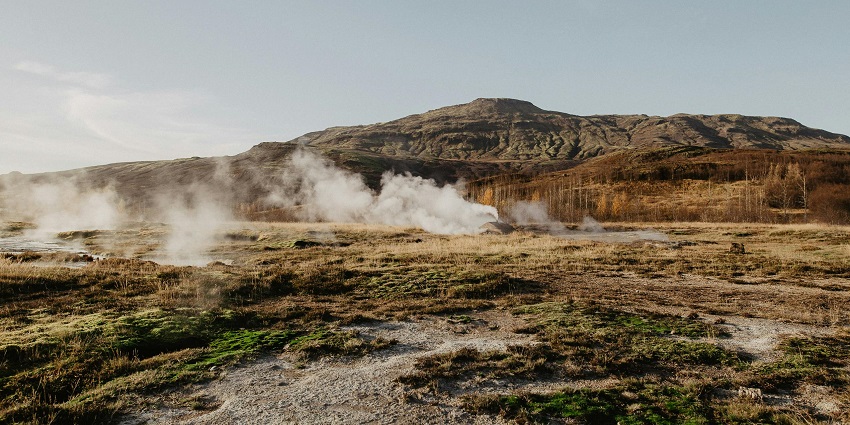
Photo: Carly Zeiser / Pexels / Image For Representation Only
The Nimaling Hot Springs are located in the Markha Valley, one of Ladakh’s most popular trekking destinations. Situated at an altitude of about 4,700 meters (15,400 feet), these springs offer a welcome respite for trekkers traversing this high-altitude route. The water temperature here is mild, but feels warm compared to the often freezing air temperatures at this altitude. The area around Nimaling is known for its alpine meadows, which serve as summer pastures for nomadic shepherds.
Temperature: Around 30 Celcuis
Location: In the Markha Valley
Suggested Read: Adventure Sports In Ladakh – Planning The Ultimate Trip
Hot springs in Ladakh offer a unique blend of natural wonder, therapeutic benefits, and cultural significance. From easily accessible pools to remote high-altitude springs, these geothermal treasures provide diverse experiences for visitors. Whether seeking healing, adventure, or simply relaxation, Ladakh’s hot springs promise unforgettable encounters with the region’s raw, natural beauty. As you plan your next trip to ladakh, let TripXL shoulder the burden of bookings and the best deals
Cover Photo: Alex Moliski / Pexels / Image For Representation Only


 WhatsApp
WhatsApp
 Twitter
Twitter



